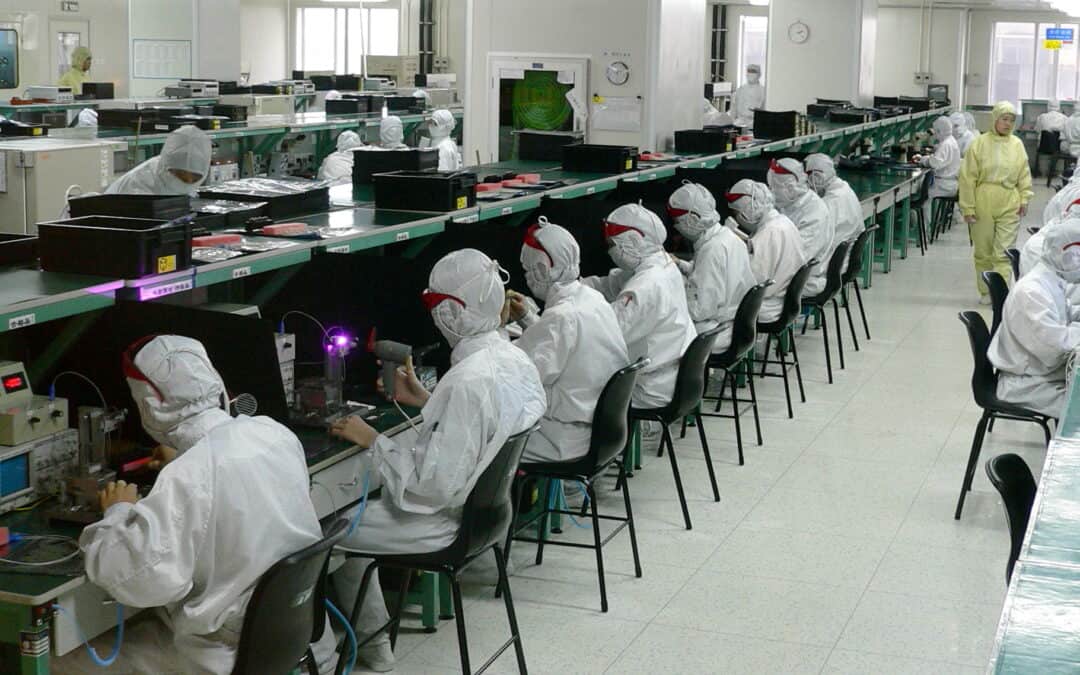Dehumidifiers are devices that remove excess moisture from the air in a room or building. They are often used in places with high humidity levels, such as basements, laundry rooms, and bedrooms. This helps to improve indoor air quality and reduce the risk of mould and mildew growth.
Understanding how dehumidifiers work is useful for many reasons. You can choose the right dehumidifier for your needs, properly maintain and care for the device, and troubleshoot any issues that may arise.
In this article, we will explore the basic principles behind dehumidification and how dehumidifiers remove moisture from the air. We will also discuss the components of a dehumidifier and how to choose the right one for your needs. Plus, we will go over the steps to take to maintain and care for the device. By the end of this article, you will have a better understanding of how dehumidifiers work and how to use them effectively.
What is a dehumidifier and how does it work?
A dehumidifier is a device that removes excess moisture from the air in a room or building. It works by using a refrigerant system to extract moisture from the air and release dry, warm air back into the room. Dehumidifiers are often used in places with high humidity levels, such as basements, laundry rooms, and bedrooms, to help improve indoor air quality and reduce the risk of mould and mildew growth.
The basic principle behind dehumidification is the process of condensation and evaporation. When humid air comes into contact with a cold surface, the moisture in the air condenses and forms droplets on the surface. A dehumidifier works by drawing in humid air from the room and passing it over a cold coil, also known as the evaporator coil. As the air comes into contact with the cold coil, the moisture in the air condenses and forms droplets on the surface of the coil.
The dehumidifier then uses a fan to blow dry, warm air over the coil. This causes the moisture droplets to evaporate and turn back into a gas, which is then released outside of the dehumidifier. The dry, warm air is then blown back into the room.
This process is facilitated by the use of a refrigerant, which is a substance that is used to absorb heat. The refrigerant absorbs the heat from the air as it passes over the evaporator coil, causing it to turn into a gas. The gas is then pressurized by a compressor and passed through a condenser coil, where it releases the heat and turns back into a liquid. This cooled liquid is then returned to the evaporator coil to start the process over again.
Components of a dehumidifier
Dehumidifiers are made up of several key components that work together to remove moisture from the air. These components include the evaporator coil, compressor, condenser coil, and fan.
The evaporator coil is a cold surface that is used to extract moisture from the air. As humid air is drawn into the dehumidifier and passed over the evaporator coil, the moisture in the air condenses and forms droplets on the surface of the coil.
The compressor is a pump that is used to pressurize the refrigerant gas. As the refrigerant gas is pressurized, it becomes hot and is then passed through the condenser coil.
The condenser coil is a series of tubes that are used to release heat from the refrigerant gas. As the hot, pressurized gas passes through the condenser coil, it releases its heat and turns back into a liquid.
The fan is used to blow dry, warm air over the evaporator coil. This helps to evaporate the moisture droplets and turn them back into a gas, which is then released outside of the dehumidifier. The dry, warm air is then blown back into the room.
Together, these components work to extract moisture from the air and release dry, warm air back into the room. The refrigerant system plays a key role in this process, as it is used to absorb heat from the air and facilitate the process of condensation and evaporation.
How to choose the right dehumidifier
When choosing a dehumidifier, there are several factors to consider to ensure you get the right device for your needs. Here are some things to keep in mind:
- Size: It’s important to choose a dehumidifier that is appropriately sized for the space you want to use it in. If the dehumidifier is too small, it may not be able to effectively remove moisture from the air. On the other hand, if it’s too large, it may waste energy and be unnecessarily expensive to operate.
- Capacity: Dehumidifiers are rated in terms of their moisture removal capacity, typically measured in litres per day. Consider the humidity levels in your space and choose a dehumidifier with a capacity that is suitable for your needs.
- Features: Different dehumidifiers may come with a variety of features, such as automatic shut-off, a built-in humidistat, and energy-saving modes. Consider which features are important to you and choose a dehumidifier that has the features you want.
- Price: Dehumidifiers can range in price from a few hundred dollars to over a thousand dollars, depending on the size and features. Determine your budget and choose a dehumidifier that fits within your price range.
By considering these factors, you can ensure that you choose a dehumidifier that is well-suited for your needs and your space.
Maintenance and care
Proper maintenance and care of your dehumidifier can help to ensure that it operates efficiently and effectively. Here are some steps you can take to maintain and care for your dehumidifier:
- Clean the air filter: Most dehumidifiers come equipped with an air filter to help remove impurities from the air. It’s important to clean the air filter regularly to ensure that it is not clogged with dirt and debris. To clean the air filter, simply remove it from the dehumidifier and wash it with warm, soapy water. Allow the filter to dry completely before reinserting it into the dehumidifier.
- Replace the air filter: Depending on the type of air filter your dehumidifier uses, you may need to replace it periodically. Check the manufacturer’s recommendations to determine how often the air filter should be replaced.
- Empty the water tank: Dehumidifiers come with a tank that collects the condensed water. It’s important to regularly empty the tank to ensure that the dehumidifier continues to operate effectively.
- Clean the exterior: To keep your dehumidifier looking its best, wipe down the exterior of the device with a damp cloth. Avoid using harsh chemicals or abrasive cleaning agents, as these can damage the surface of the dehumidifier.
By following these simple maintenance and care steps, you can help to ensure that your dehumidifier operates effectively and efficiently for years to come.
Conclusion
In conclusion, dehumidifiers are devices that are used to remove excess moisture from the air in a room or building. They work by using a refrigerant system to extract moisture from the air and release dry, warm air back into the room. Dehumidifiers are often used in places with high humidity levels, such as basements, laundry rooms, and bedrooms, to help improve indoor air quality and reduce the risk of mould and mildew growth.
To choose the right dehumidifier, consider factors such as size, capacity, features, and price. Proper maintenance and care, including cleaning and replacing filters, can help to ensure that your dehumidifier operates effectively and efficiently.
Overall, using a dehumidifier in your home or office can help to improve indoor air quality and create a more comfortable living or working environment. If you’re considering using a dehumidifier, keep these points in mind to help you make the best decision for your needs.




